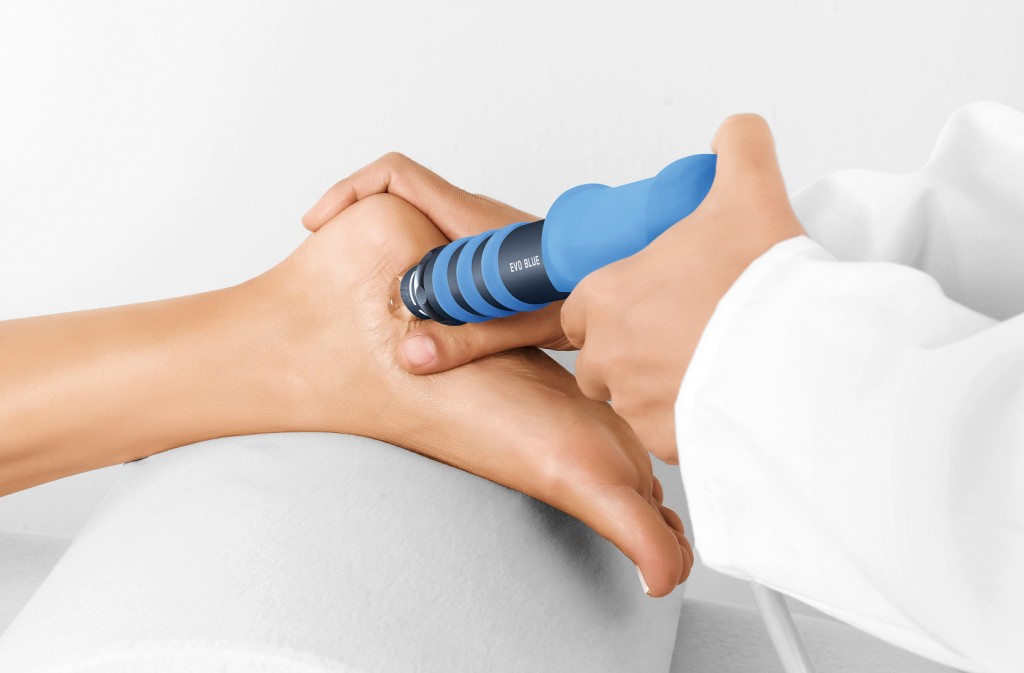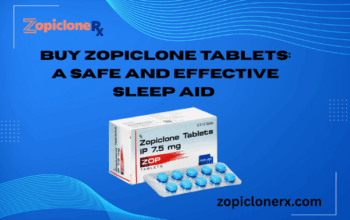If you have a tendon, elbow, or hamstring injury, your doctor may offer shockwave therapy. Electroconvulsive therapy (ECT or “shock” therapy) is a popular and successful psychiatric treatment you’ve seen portrayed in movies in a different light from the more refined, current approaches to this sensitive method.
Shockwave treatment, or extracorporeal shockwave therapy, is given to a tendon or muscle via the skin using a tiny, ultrasound-like instrument. Read more about what makes this approach a successful therapy for injuries and who should consider it.
What is Shockwave Therapy?
Whether you have ever faced a sports injury or persistent soreness, your body may have benefited from additional assistance throughout the healing process. Shockwave therapy in Singapore can provide such assistance by stimulating the body’s regenerative capacity. Moreover, it reduces pain by directly activating neurons at the injured site. Although the treatment’s name makes it seem harsh, most patients experience minimal discomfort.
It is frequently recommended for people with sports injuries, such as a golfer’s elbow, tennis elbow, and a torn hamstring. It is also supplied to individuals with soft tissue pain, such as that produced by plantar fasciitis, a severe ailment that affects the heels of the feet.
What are the Advantages of Shockwave Treatment?
Researchers continue to find novel ways to employ low-energy shockwaves to assist patients in managing pain and repairing tissue since the therapy’s invention more than 50 years ago. If you have a musculoskeletal disorder, extracorporeal shockwave treatment may help you in the following ways:
It’s non-invasive.
You may continue your daily activities while undergoing
shockwave therapy for plantar fasciitis, bursitis, or tennis elbow rather than preparing for a protracted surgical recovery. Often, practitioners begin patients with a trial run of two or three sessions. If your disease has not improved by this point, they will help you review whether this treatment is appropriate.
Shockwave therapy can also be coupled with physical therapy to expedite the return of injured patients to work or their favourite sport. It is a good solution for athletes who do not currently desire or require surgery for persistent pain or injury.
It may aid in the healing of severe conditions.
Any sort of tendinopathy might prevent you from working for weeks. This form of persistent (and occasionally severe) discomfort might, at the least, limit your involvement in hobbies and jobs. If your tendons are injured, your physician may begin treatment with more conventional, conservative methods, such as nonsteroidal anti-inflammatory medicines, while you receive physical therapy. If physical therapy is ineffective, your practitioner may suggest a steroid injection.
Shockwave therapy is a therapeutic option that may aid in the regeneration of soft tissues. The FDA has also authorised shockwave therapy to treat lateral tennis elbow and plantar fasciitis, providing sufferers with some hope.
Are there any Side Effects of Shockwave Therapy?
You shouldn’t anticipate many adverse effects from shockwave treatment. Consider the technique to be comparable to ultrasound. However, you will experience some pain at the treatment location. In addition, it is essential that this treatment is recommended to you by a registered physician and that you only get shockwave therapy from a skilled practitioner.
You may have minor bruises or strange feelings at the treatment site. Once the region heals, this impact should be confined to numbness and slight oedema. Extreme adverse effects are not typical and should be reported to a physician.




